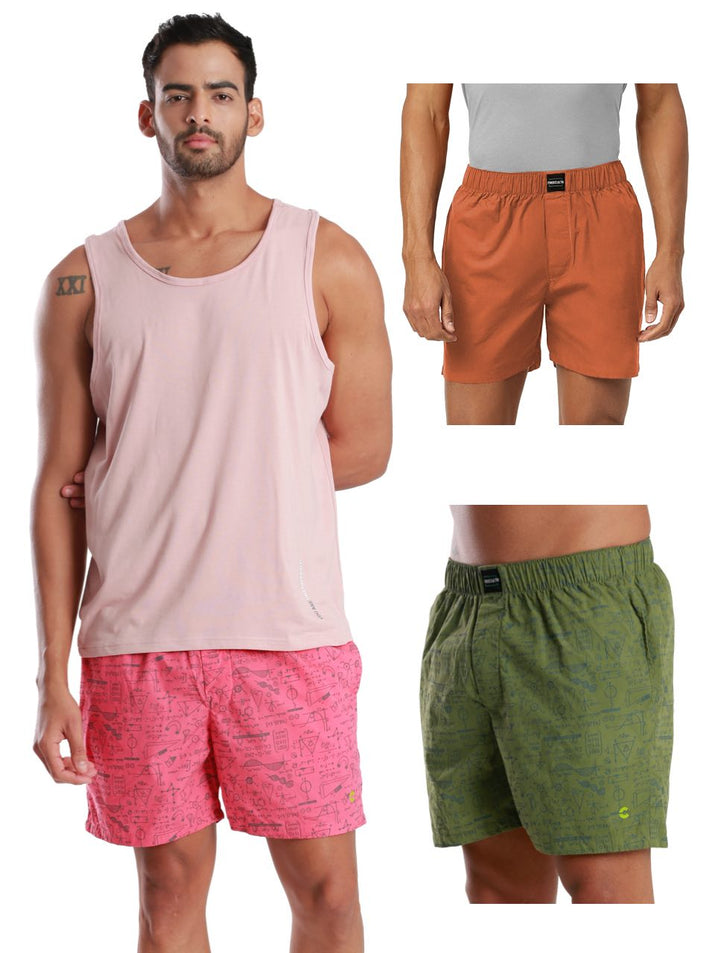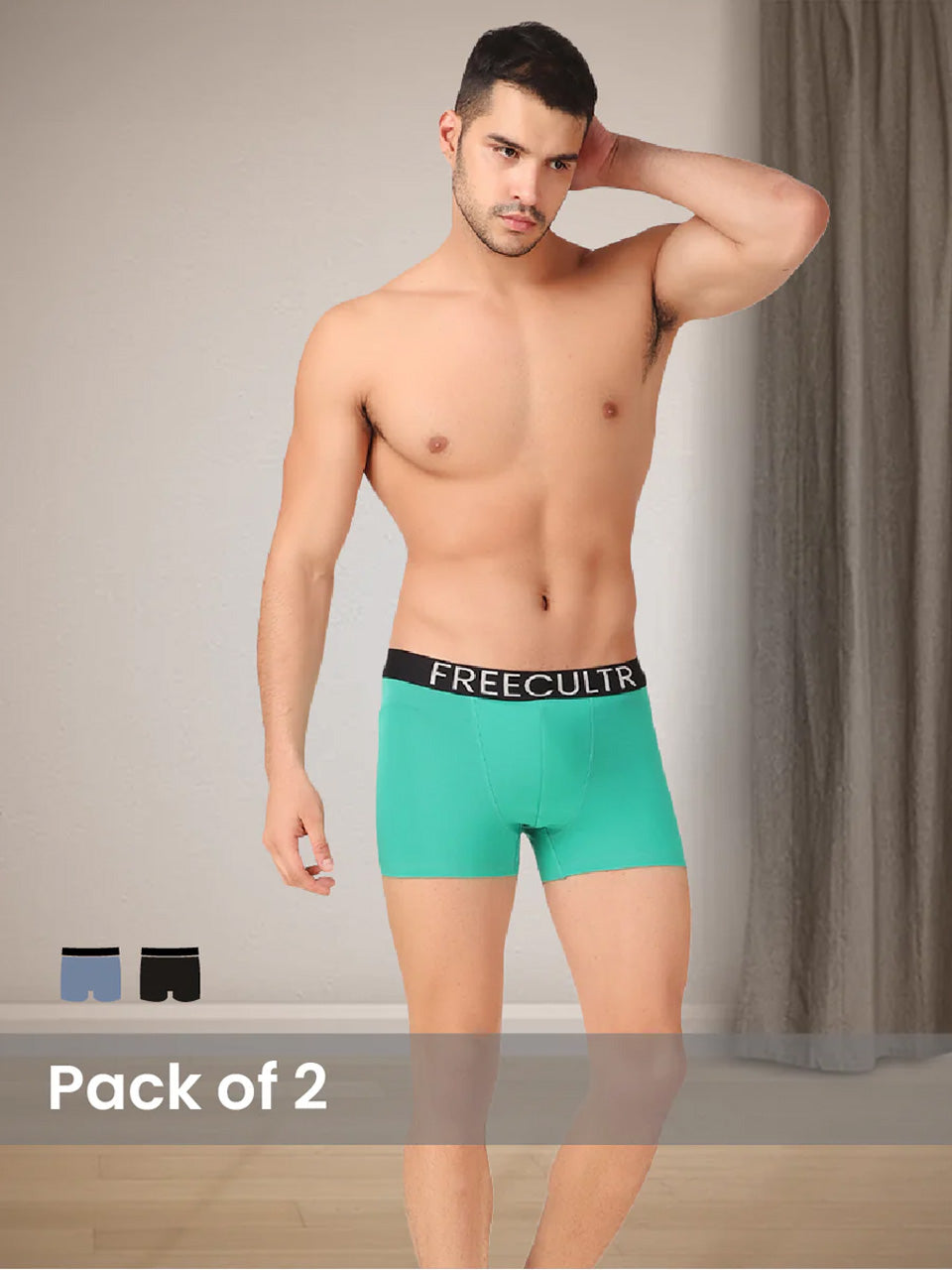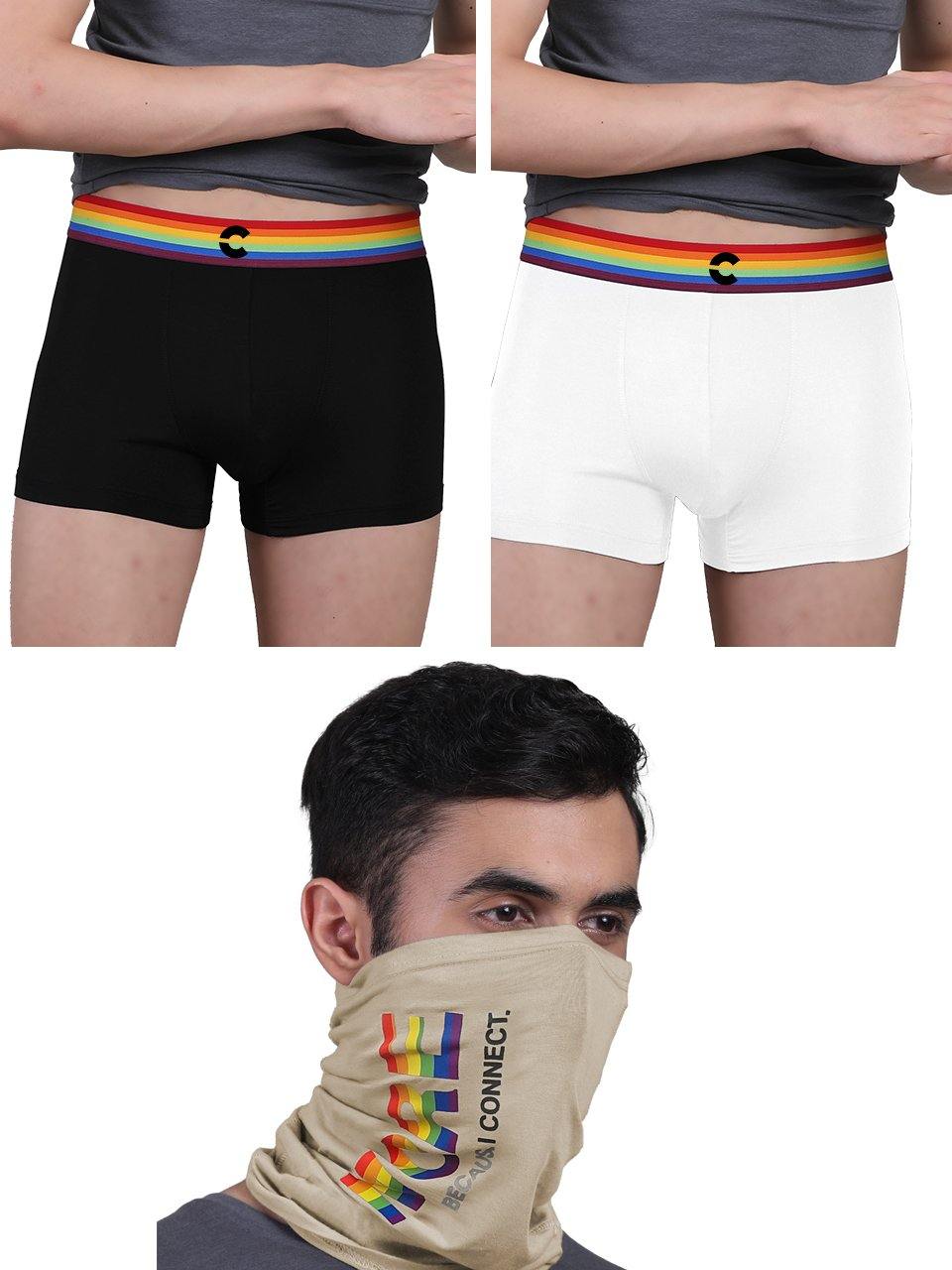Achieving true all-day comfort starts with the foundational layer: your underwear. Ill-fitting garments, whether too tight or too loose, lead to persistent discomfort, chafing. even circulation issues, detracting from overall well-being. Modern apparel innovations, including advanced moisture-wicking synthetics and ultra-soft modal blends, highlight the importance of precise sizing to fully leverage their benefits. Relying on guesswork often results in a poor fit, impacting not just comfort but also the drape of outer clothing and even confidence. Understanding your body's specific measurements, such as waist and hip circumference, is crucial for navigating the diverse range of cuts and fabric compositions available today. A precise underwear size chart empowers consumers to select the ideal dimensions for a seamless, second-skin feel, optimizing both support and breathability for every body type and activity.

Why the Right Underwear Size Matters (More Than You Think!)
Ever bought a new pair of underwear, slipped them on. immediately felt... off? Maybe they were digging in, bunching up, or just felt too loose to be supportive. You're not alone! It's a surprisingly common struggle. it highlights why understanding your personal underwear size chart is so crucial. We often put a lot of thought into the fit of our jeans or our favorite shirt. underwear? It's easy to grab a multi-pack in your usual 'size' and hope for the best.
But here's the thing: the right fit isn't just about comfort, though that's a huge part of it. Ill-fitting undies can lead to a whole host of issues, from minor annoyances to actual health concerns. Think about it:
- Too tight? You're looking at potential chafing, skin irritation, restricted circulation. even an increased risk of yeast infections or UTIs because of trapped moisture and heat. Plus, let's be real, visible panty lines (VPL) that just won't quit.
- Too loose? Hello, bunching, riding up. a general lack of support that can make you feel less confident and even uncomfortable during everyday activities or exercise.
Achieving that perfect fit means all-day comfort, better hygiene. even a boost in confidence. When your underwear fits perfectly, you barely notice it's there – and that's exactly how it should be!
Decoding the Underwear Size Chart: Your Personal Measuring Guide
Okay, so how do you find that elusive perfect fit? It all starts with a little self-measurement. Forget guessing or sticking to what you think your size is. Your body changes. so can your ideal underwear size. Grab a flexible tape measure and let's get precise. This is the foundation of understanding any underwear size chart.
Here's how to measure yourself for the most accurate results:
- Waist Find the narrowest part of your torso, usually just above your belly button. This is your natural waistline. Wrap the tape measure around it, keeping it snug but not tight. Make sure it's level all the way around.
- Hips Stand with your feet together. Measure around the fullest part of your hips and rear. This is usually about 7-9 inches below your natural waist. Again, keep the tape measure level and don't pull it too tight.
- Inseam (for boxers or boxer briefs) While less common for basic underwear, some brands might list this. Measure from the top of your inner thigh down to where you'd want the leg of the underwear to end.
Once you have these measurements, jot them down. Now you're ready to compare them against any brand's underwear size chart. Remember, these are your body's unique numbers, not just a label!
Navigating the Underwear Size Chart Maze: S, M, L. Beyond
You've got your measurements, great! Now, you'll notice that not all underwear size charts are created equal. Some brands use simple S, M, L sizing, while others might use numerical sizes. international brands often have their own unique systems. It can feel like a bit of a maze. don't worry, we'll guide you through it.
Most common sizing systems you'll encounter:
- Alpha Sizes (S, M, L, XL) This is perhaps the most common and straightforward. Small, Medium, Large. so on. Each letter corresponds to a range of waist and hip measurements. For example, a "Medium" might be a 30-32 inch waist.
- Numerical Sizes (e. g. , 5, 6, 7, 8) Often seen in women's underwear, these numbers typically correlate with dress or pant sizes. A size 6 underwear might be designed for someone who wears a size 6 pant. But, these can be less precise as pant sizes themselves vary widely.
- Waist-Based Numerical Sizes (e. g. , 30, 32, 34) More common in men's underwear, especially boxers or boxer briefs, where the size directly refers to the waist measurement in inches. This is often the most accurate method if available.
- International Sizes Be aware that a "Large" in an Asian brand might be significantly smaller than a "Large" in a European or American brand. Always check the specific underwear size chart provided by the retailer or manufacturer, especially when shopping internationally.
Here's a simplified comparison. always remember to check the specific brand's chart:
| Alpha Size | Typical US Numerical (Women's) | Typical Waist (Inches) | Typical Hips (Inches) |
|---|---|---|---|
| XS | 0-2 | 24-25 | 34-35 |
| S | 4-6 | 26-27 | 36-37 |
| M | 8-10 | 28-29 | 38-39 |
| L | 12-14 | 30-32 | 40-42 |
| XL | 16 | 33-35 | 43-45 |
This table is a general guide. The crucial takeaway is that your personal measurements are the key to unlocking the most accurate fit on any given underwear size chart.
Beyond the Numbers: Factors Influencing Your Perfect Fit
So you've measured yourself and consulted the underwear size chart. Great start! But sizing isn't just about the numbers. Other factors play a huge role in how a pair of underwear feels and fits on your unique body. It's like buying shoes – a size 8 can feel totally different depending on the brand, style. material.
- Fabric
- Cotton Breathable and soft. has less stretch. A pure cotton pair might feel tighter than a blended one in the same size.
- Spandex/Elastane Blends These fabrics offer excellent stretch and recovery, meaning they'll hug your curves without digging in. They often allow for a more forgiving fit. can also feel more compressive.
- Modal/Bamboo Known for their incredible softness and drape. They often have a good amount of natural stretch.
- Lace/Mesh These materials offer minimal stretch and can be less forgiving in terms of fit.
- Cut/Style The style of underwear dramatically impacts how it sits on your body, even if the waist measurement is technically correct.
- Briefs/Bikinis Offer good coverage and support. The leg openings can sometimes feel tighter depending on the cut.
- Thongs/G-strings Minimal coverage. The fit is mostly about the waistband and the string between the cheeks.
- Boxers (loose) Designed for a relaxed fit, usually sized by waist.
- Boxer Briefs/Trunks More fitted, offering leg coverage. The length and tightness of the leg can vary greatly by brand.
- Boy Shorts Offer more coverage than briefs. the leg openings can sometimes roll up if not sized correctly.
- Brand Variability Just like jeans, shoe brands, or even t-shirts, underwear brands have their own "fit philosophy." A "Medium" from Brand A might be slightly roomier or snugger than a "Medium" from Brand B. This is why having your measurements is so vital – it allows you to cross-reference with their specific underwear size chart.
- Personal Preference Some people prefer a snug, supportive fit, especially for activewear. Others prefer a more relaxed feel for everyday comfort. Your personal preference should always guide your final decision, even if the size chart says one thing.
Personal Anecdote: I once ordered a pack of 100% cotton briefs in my usual size, thinking they'd be super comfy. Turns out, with no stretch, they felt a lot more restrictive than my usual cotton-spandex blends. Live and learn!
Troubleshooting Common Underwear Fit Issues
Even with careful measuring and a good understanding of the underwear size chart, you might occasionally run into fit issues. Don't despair! Here's how to identify common problems and what they usually mean for your sizing choices:
- Riding Up (Front or Back)
- Issue Your underwear constantly creeps up into uncomfortable places.
- Likely Cause Often, the underwear is too large in the leg opening or the overall cut isn't right for your body shape. Sometimes, it can also be a sign that the waist is too loose, causing the fabric to shift.
- Solution Try a size down, or a style with a narrower leg opening or more tailored fit. For women, a higher cut brief or bikini might help.
- Digging In/Leaving Red Marks
- Issue Elastic bands are tight, leaving visible red lines on your skin, or the fabric feels constricting.
- Likely Cause The underwear is too small, or the elastic is too stiff for your comfort. This is a classic sign of needing to go up a size according to the underwear size chart.
- Solution Go up one size. If the issue persists, consider trying a different style or brand known for softer elastic or a more relaxed fit.
- Bunching/Sagging
- Issue Excess fabric that bunches up under your clothes, or the crotch sags down.
- Likely Cause The underwear is too large overall, or the cut isn't suitable for your body.
- Solution Try a size down. Also, consider styles with less fabric or a more contoured fit.
- Chafing (Especially Inner Thighs)
- Issue Skin irritation, redness, or soreness, particularly with styles that have a leg.
- Likely Cause The leg opening is too tight, or the fabric is rubbing. It can also happen if the leg is too short and rides up.
- Solution For boxer briefs/boy shorts, try a slightly longer leg length or a different fabric with more stretch. Ensure the size is correct – sometimes too loose can cause movement and chafing too.
Real-World Tips for Shopping Smart (and Avoiding Underwear Woes)
Now that you're armed with measurement knowledge and troubleshooting tips, here are some actionable strategies for smart underwear shopping, whether you're hitting the mall or browsing online. These tips will help you make the most of any underwear size chart you encounter.
- Always Check the Specific Brand's Size Chart We cannot stress this enough! While general charts are useful, every brand, particularly online retailers, should have its own specific underwear size chart. It's usually found near the size selection dropdown or in the product description. Don't assume your size in one brand is the same in another.
- Read Reviews Customer reviews can be incredibly insightful. Look for comments about sizing – do people say it runs small, true to size, or large? Are there specific notes about the fit of the waistband or leg openings?
- Start with One Pair (if possible) If you're trying a new brand or style, resist the urge to buy a multi-pack right away. Purchase just one pair (if available) to test the fit and comfort. If it's a winner, then go back for more.
- grasp Return Policies Due to hygiene reasons, many retailers have strict no-return policies on underwear once opened or tried on. Be aware of this before you buy, especially online. Some will allow returns for unopened packages.
- Consider Body Shape, Not Just Numbers While measurements are key, your body's unique shape (e. g. , wider hips, narrower waist, athletic build) can also influence how a style fits. Someone with a smaller waist and wider hips might find some styles gape at the waist even if the hip measurement is correct. Sometimes, going up a size for hip comfort and accepting a slightly looser waist is the best compromise.
- Don't Be Afraid to Experiment Your perfect fit might not be the first thing you try. Over time, you'll learn which brands and styles work best for your body. It's an ongoing journey of comfort and confidence!
By applying these strategies, you're not just buying underwear; you're investing in your all-day comfort and well-being. Getting your underwear size chart right truly makes a world of difference!
The Lifespan of Your Underwear (and When to Re-Measure)
You've found your perfect fit, congratulations! But here's a little secret: your underwear size isn't necessarily fixed for life. Our bodies are dynamic. so is the lifespan of our clothing. Understanding this can help you maintain that perfect fit and comfort over time.
- Body Changes Life happens! Our bodies naturally fluctuate in size due to diet, exercise, stress, hormonal changes. life events like pregnancy. If you've noticed your other clothes fitting differently, it's a good sign that it's time to pull out that tape measure and re-consult the underwear size chart. Even a few pounds up or down can impact comfort.
- Wear and Tear Underwear takes a beating! They're washed frequently, stretched. put through their paces. Over time, the elastic can lose its stretch and snap, fabrics can thin. the overall shape can distort. A pair that once fit perfectly might start to sag or stretch out after too many washes.
- Washing Habits Incorrect washing can accelerate wear and tear. High heat in washing or drying can degrade elastic and shrink certain fabrics, altering the fit. Always follow the care instructions on the label to extend the life of your garments.
- When to Consider Re-Measuring
- If your weight has changed significantly (e. g. , 10+ pounds).
- If you notice your current underwear is consistently uncomfortable (digging in, bunching, sagging).
- If you haven't measured yourself in over a year.
- When trying a completely new brand or style that you've never worn before.
Think of your underwear as a foundational layer for your comfort. Just like you'd replace worn-out shoes, replacing stretched-out or ill-fitting underwear is an act of self-care. Regularly checking your measurements and refreshing your underwear drawer ensures you maintain that perfect, all-day comfort that makes you forget you're even wearing them!
Conclusion
Achieving the perfect underwear fit is not merely about comfort; it's about setting the foundation for your entire day's confidence and well-being. Gone are the days of enduring digging waistbands or uncomfortable bunching; the modern emphasis on true body inclusivity means more precise sizing is readily available. My own journey from simply grabbing a "medium" to meticulously measuring my waist and hips transformed my daily comfort, especially when opting for specific styles like performance briefs or seamless thongs. Take this knowledge and apply it: grab a tape measure, consult brand-specific charts. don't hesitate to try different styles and materials, perhaps even exploring the supreme softness of Micro Modal Underwear. Remember, perfectly fitted underwear is an investment in yourself, preventing chafing and boosting your mood from the moment you get dressed. Empower yourself with this understanding. step out daily feeling truly comfortable and unstoppable.More Articles
Micro Modal Underwear – Unmatched Softness & Supreme BreathabilityWomen's Boxers – Relaxed Feel & Lightweight Fabric
Women's Boy Shorts – Snug Fit & Chafe-Free Comfort
Men's T-Shirt – Premium Softness & Lasting Durability
FAQs
Why should I even bother with an underwear size chart?
Using a size chart is key to finding underwear that truly fits. It helps you avoid discomfort from pinching, sagging, or chafing, ensuring you get that perfect, barely-there feel and all-day comfort. A good fit also helps your clothes lay better.
What measurements do I need to take for underwear?
Generally, you'll need your waist and hip measurements. For men, waist is usually around the natural waistline. For women, it's often the narrowest part of your torso for the waist. hips are measured around the fullest part of your buttocks. Always check the specific chart for exact instructions as some brands might ask for thigh measurements too.
My measurements fall between two sizes on the chart. What should I do?
If you're between sizes, consider your personal preference. For a looser, more relaxed fit, go up a size. If you prefer a snugger, more supportive feel, then sizing down might be better. When in doubt, many people opt for the larger size to ensure comfort and avoid any digging or restriction.
Do different brands have different size charts?
Absolutely! Underwear sizing isn't universal. A 'medium' from one brand might fit differently than a 'medium' from another, even if both are for the same gender. That's why it's super essential to always check the specific size chart provided by the brand you're buying from, rather than assuming your usual size will work.
How can I tell if my underwear fits correctly once I put it on?
Good fit means no pinching, sagging, or rolling. The waistband should sit comfortably without digging in. the leg openings shouldn't chafe or cut off circulation. There should be no excess fabric bunching up, nor should it feel too tight anywhere. It should feel like a second skin, providing support without being restrictive.
Can wearing the wrong size underwear actually cause problems?
Yes, definitely! Too-tight underwear can lead to chafing, skin irritation. even contribute to issues like yeast infections or discomfort. Too-loose underwear can cause uncomfortable bunching, visible lines under clothing. offer no support, impacting your overall comfort and confidence throughout the day.
What do I need to measure myself accurately for a size chart?
All you really need is a flexible tape measure. Make sure it's soft and can wrap easily around your body contours. A mirror can also be helpful to ensure you're holding the tape correctly and getting an accurate reading, especially for hip measurements. Wear minimal clothing for the most precise results.






